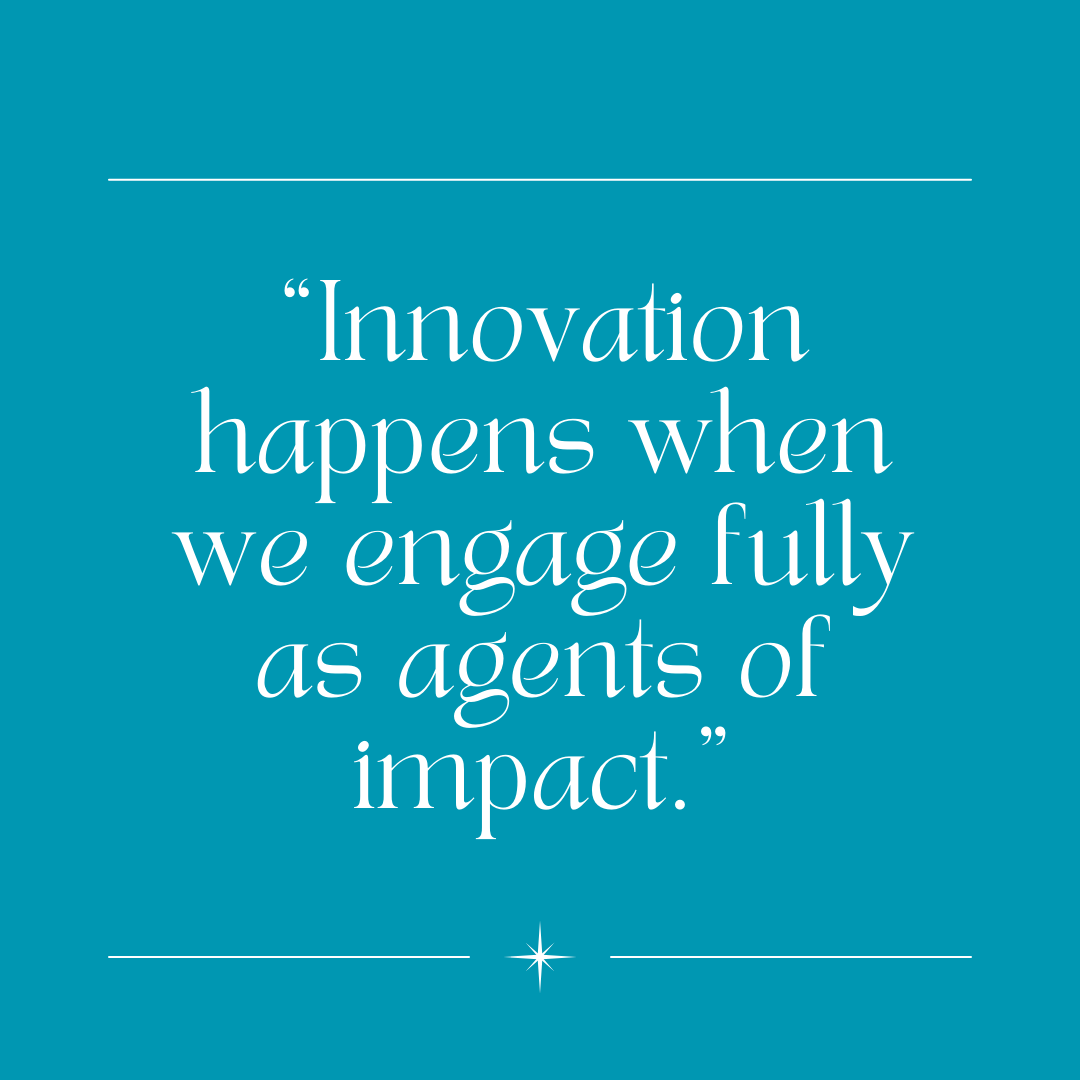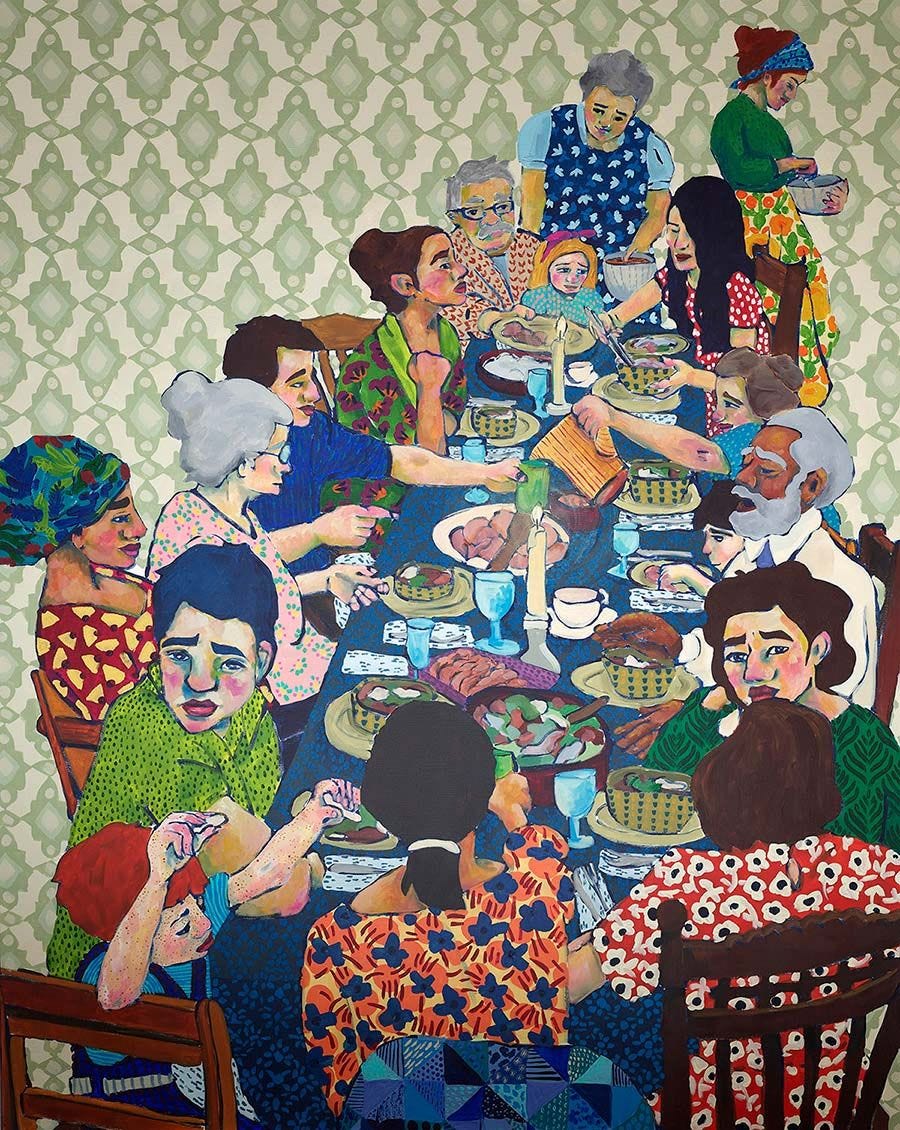A Community-Based Approach to the Membership Lifecycle
Revisiting an Old Model Through a New Lens | Plus Twenty New Ways to Engage Your Membership
Summary
Even though I love the premise behind association work — connecting with like-minded colleagues on important problems — I find our value proposition still over-focuses on events, discounts, and traditional benefits. This provides a huge opportunity to reach and engage our membership in new ways, namely through authentic and durable community-building.
This is an article about re-seeing the membership lifecycle through a community-first lens. The membership lifecycle is a standard model to frame the stages members go through to become aware, join, engage, and renew. It tends to focus on individual members, benefits, and incremental growth instead of active participation, shared value creation, and distributed leadership. Read on to see how it works!
I lead the product community; we are a learning community because we believe great relationships help us create the value our members want. Remember, product-led growth fuels connection. Join the product community and flip your destiny.
What is the Member Lifecycle?
This emergent loop is all about networks, communities of practice, and what we can imagine and create together, often outside of formal institutions. The current things aren't working, so we need to be scouting, experimenting, and learning.
Jenn Brandel
The membership lifecycle is the journey a prospective or current member takes with an association, typically spanning stages like awareness, recruitment, engagement, renewal, and sometimes reinstatement (or win back) for former members. Managing this lifecycle involves understanding how to attract, retain, and re-engage members by providing value and fostering a sense of belonging to ensure sustained growth and member satisfaction.
This article focuses on the belonging part of the model. Membership is an outcome of belonging and belonging happens when people feel connected. Designed properly, this connection often happens in community. This puts a new spin on the membership lifecycle that tends to focus on incremental growth via individual member renewal.
A community-based approach to the membership lifecycle fundamentally reimagines how we think about member engagement by shifting from a transactional, individual-focused model to one that prioritizes collaborative participation, shared value creation, and distributed leadership development.
Traditional vs. Community-Based Paradigms
Traditional membership lifecycle models typically follow a linear progression: awareness → recruitment → onboarding → retention → renewal. These models treat members as consumers of services and content, measuring success through individual metrics like attendance rates, certification completions, or years of continuous membership. Utilizing volunteers, the association acts as the primary content creator and service provider, while most members remain largely passive recipients.
In contrast, a community-based approach views the membership lifecycle as a dynamic ecosystem where members progress through deepening levels of contribution and connection. Rather than simply consuming organizational offerings, members become co-creators of value, knowledge, and community culture from the earliest stages of their involvement.
The Community-Based Membership Lifecycle
Community is our competitive advantage. In a world in which there are numerous alternatives to our bread and butter work — events, professional development, networking, etc. — we can uniquely offer close ties among peers, move-the-needle work on important initiatives, and ongoing contributions to creating and sustaining a body of knowledge. A community-based membership lifecycle is distinguished by the following core principles:
Collective Value Creation: Members don't just receive value, they actively participate in creating it through peer-to-peer learning, collaborative problem-solving, and shared knowledge development. The association becomes a platform that facilitates these member-to-member interactions rather than the sole source of value.
Distributed Leadership Pipeline: The lifecycle intentionally cultivates leadership at every stage, recognizing that today's new member could be tomorrow's thought leader, mentor, or community champion. This creates multiple pathways for members to grow their influence and impact within the community.
Social Learning and Connection: Recognizing that professional development increasingly happens through relationships and communities of practice, this approach embeds social learning opportunities throughout the lifecycle, making connections as valuable as content.
Contribution-Based Engagement: Instead of measuring engagement through consumption metrics, the focus shifts to contribution metrics or how members share knowledge, support peers, lead initiatives, or advance the profession's collective understanding.
Evolutionary Membership Stages: Rather than static membership categories, members naturally evolve through roles like knowledge seeker, peer collaborator, content contributor, community mentor, and thought leader, with the association supporting these transitions.
This approach acknowledges that in an era of information abundance and alternative options, associations must offer something unique: a curated community where professionals don't just access knowledge but actively shape the future of their field alongside their peers. The membership becomes indispensable not because of what members can get, but because of what they can contribute and become.
How it Works In Practice
Member retention starts before they join your community.
Tom Ross
Community is an untapped force. As I’ve written about many times in this newsletter, there are many ways to develop, build, and sustain a member community. We can develop value loops; organize by theme (by focusing, for example, on careers); and build pathways, cohorts, or networks. We can also measure community impact, return on investment, or build community-led revenue.
Conceptually, this article builds on a previous one I wrote on creating a community engagement funnel. The basic premise is that not all members engage in the same way for the same reasons. While some are super engaged, most are not engaged at all. Using the funnel as a way of segmenting or organizing membership groups so we can target them in a way that motivates increasing levels of engagement and, therefore, moving down the funnel. Here I map the evolutionary membership stages to the community engagement funnel stages aligned to specific initiatives to motivate agency and active contribution:
STAGE 1. Seekers → Knowledge Seeker | Initiatives to Foster Agency + Contribution
Micro-Contribution Opportunities. Create Quick Start knowledge-sharing prompts where new members can immediately contribute brief insights from their experience during onboarding
Welcome Buddy System. Pair new members with seasoned contributors (not just ambassadors) who model active participation and invite newcomers to co-create small pieces of content
Knowledge Gap Mapping. Survey seekers about their learning priorities and invite them to identify gaps in existing resources, making them contributors to the community's knowledge roadmap from day one
Digital Storytelling Prompts: Send weekly Share Your Story micro-challenges that encourage seekers to document their professional journey, creating valuable content while building their voice
STAGE 2. Intriguers → Peer Collaborator | Initiatives to Foster Agency + Contribution
Collaboration Pods. Form small, time-bound project groups around specific challenges where intriguers work alongside more experienced members as equals, not students
Peer Learning Circles. Create facilitated discussion groups where intriguers co-design the learning agenda and share facilitation responsibilities
Cross-Pollination Partnerships. Match intriguers from different specialties or regions to collaborate on shared challenges, positioning them as mutual experts
Community Challenges. Launch monthly problem-solving initiatives where intriguers team up to tackle real industry issues, with their solutions featured prominently
STAGE 3. Initiators → Content Contributor | Initiatives to Foster Agency + Contribution
Content Co-Creation Programs. Invite initiators to co-author articles, research reports, or white papers with established thought leaders, sharing bylines and platforms
Reverse Mentoring Initiative. Position initiators as mentors to seekers and intriguers in areas where they have fresh perspectives (technology, emerging trends, generational insights)
Community-Generated Conference Content. Reserve speaker slots and workshop facilitation opportunities for initiators, with support and coaching provided
Innovation Labs. Create spaces where initiators can pilot new program ideas, service offerings, or community initiatives with organizational backing
STAGE 4. Participators → Community Mentor | Initiatives to Foster Agency + Contribution
Mentorship Program Leadership. Have participators design and lead mentorship programs rather than just participate in them
Community Onboarding Ownership. Transfer ownership of new member integration to participators, giving them budget and decision-making authority
Regional/Chapter Leadership Development. Create pathways for participators to establish and lead local chapters or special interest groups
Organizational Culture Stewardship. Invite participators to serve as culture keepers who help shape community norms, resolve conflicts, and maintain the community's values
STAGE 5. Influencers → Thought Leader | Initiatives to Foster Agency + Contribution
Industry Vision Co-Creation. Include influencers in strategic planning for the profession's future, not just the association's future
External Partnership Development. Empower influencers to represent the association and build strategic alliances with other organizations, media, and stakeholders
Knowledge Legacy Projects. Support influencers in creating lasting contributions like research institutes, scholarship funds, or industry standards that bear their names
Movement Leadership. Provide resources and platforms for influencers to launch industry-wide initiatives, policy advocacy campaigns, or societal change movements
Here are a few additional ways to foster engagement across the diverse stages.
Cross-Stage Strategies | Recognition That Motivates Further Contribution
Contribution Portfolios. Help members at every stage build and showcase their community contributions in professional portfolios
Impact Storytelling. Regularly feature how member contributions have created real change, inspiring others to contribute
Expertise Exchange Markets. Create systems where members can offer their knowledge and skills to others, fostering mutual value creation
Community Infrastructure for Agency
Decision-Making Transparency. Show how member input directly influences association strategy and programming
Resource Access. Provide increasing access to association resources (data, platforms, funding) as members demonstrate contribution commitment
Community Ownership Models. Gradually transfer ownership of community functions to engaged members rather than keeping them centralized
The participatory nature of a community-based approach to the membership lifecycle ensures that at every stage members aren't just consuming value but actively creating it. This helps to increase agency and influence as they progress through the community engagement funnel. Of course, in reality, there is no silver bullet to fostering broad-based engagement, but associations do have the opportunity to re-orient their membership models so community is at the forefront of all we do. In this way, value creation becomes more participatory and members benefit from a deeper sense of belonging. This skin-in-the-game model can also create steadfast loyalty.
The New Value Chain
Leaders may like the idea of community, but if they don’t see how it ties to their goals, it stays in the “nice to have” bucket. If you want community to be part of the growth engine, the way you measure and report has to change.
Joshua Zerkel
The old model member retention model is based on benefits, discounts, uneven loyalty, and incremental growth. The new model is based on engagement, deep and wide participation, and community-based belonging. At the forefront is a membership empowered to act not as passive recipients, but as active agents of change.
This is not magic trick change. It takes the development and execution of a focused strategy that hinges upon making, and following through on, specific choices about our vision, where to play (geography, segments, offerings), and how to win while investing in the right capabilities and systems to bring everything durably to life.
The concept of association community is an integrative, big-tent change model. Community is not owned by the membership department or the membership committee. It’s owned by the entire association aligned to purpose, smart about strategy, and serious about running a sustainable business.
I lead the product community; we are a learning community because we believe great relationships help us create the value our members want. Remember, product-led growth fuels connection. Join the product community and flip your destiny.
About the Author
James Young is founder and chief learning officer of the product community®. Jim is an engaging trainer and leading thinker in the worlds of associations, learning communities, and product development. Prior to starting the product community®, Jim served as Chief Learning Officer at both the American College of Chest Physicians and the Society of College and University Planning. Please contact me for a conversation: james@productcommunity.us





